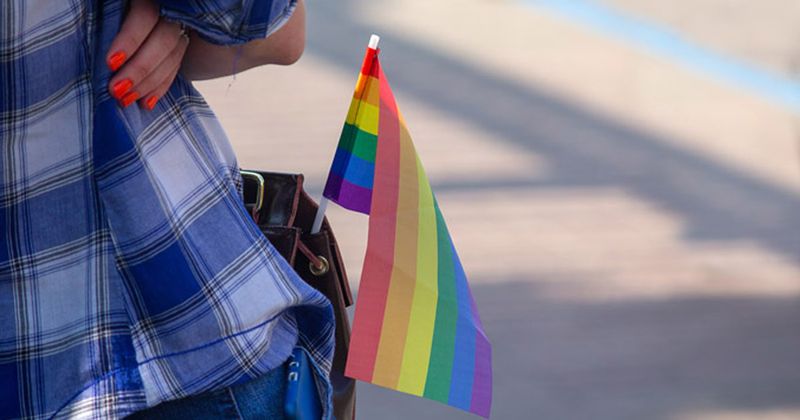Data show a recent decline in opioid use, but disparities remain in LGBTQ+ community
Despite a downward trend in overall opioid use, disparities persist among members of the LGBTQ+ community, according to a study presented at the American Society of Anesthesiologists’ annual meeting.
Because “vulnerable populations may show an increased opioid abuse potential,” and the opioid epidemic continues to have “deleterious effects on some populations,” researchers conducted the study to examine disparities among people who are not heterosexual.

“We thought the pandemic would prompt a spike in opioid abuse, but we are happy that this was not the case,” Mario Moric, MS, lead author of the research and a biostatistician at Rush University Medical Center in Chicago, said in a press release. “However, the higher level of abuse among sexual minorities compared to heterosexuals is a concern. It underscores the need to focus on the risk factors and formulate strategies to reduce opioid abuse in this vulnerable population.”
The researchers gathered data from more than 89,000 participants on opioid use from the 2019 to 2020 National Survey on Drug Use and Health.
The data, “presented as percentages of all respondents from a representative sample of the U.S. population,” revealed that people who identified as bisexual or homosexual had significantly higher opioid abuse than heterosexuals (P = .0001 and P = .0031, respectively).
The researchers found that opioid abuse declined between 2019 and 2020 for all groups studied — 10.3% to 7.6% for bisexuals, 7.4% to 4.6% for homosexuals and 3.5% to 3.2% for heterosexuals, respectively, according to the release.
Notably, when assessing pain reliever abuse and heroin abuse individually, “heroin use stayed relatively constant, while pain reliever abuse decreased in a similar pattern to overall opioid abuse,” Moric and colleagues reported.
Although the results suggest declining opioid abuse, reports indicate that the opioid epidemic is not over, especially for people from underrepresented populations. Previous data have revealed historic rises in overdose deaths during the pandemic. According to a CDC report from July, the number of drug overdose deaths per 100,000 people increased from 2019 to 2020 by 44% for Black people, 39% for American Indian and Alaska Native people and 24% for white people.
“We need to conduct more research to understand exactly why overdose deaths spiked during the pandemic,” Moric said in the release. “It’s important to understand that our analysis measured the incidence of opioid abuse, and not the amount of consumption. It could be that while casual abuse declined, patients who tend to abuse opioids in higher amounts and more frequently used them at an even higher rate during the stress of the pandemic, increasing the rate of overdose deaths.”
Because people who identify as LGBTQ+ face higher levels of abuse, the researchers wrote that “we should consider more targeted efforts to reduce these numbers,” via clinical education “so that they may appropriately manage their patient population.”
“Clinicians need to be aware of the higher likelihood of recreational use of opioids among sexual minorities compared to non-LGBTQ populations,” Moric said in the release. “With greater awareness of these disparities, we can foster a more compassionate understanding of these patients and provide the most appropriate care and education to address the issue and reduce the stigma.”
References:
- Kariisa M, et al. MMWR Morb Mortal Wkly Rep. 2022; doi: 10.15585/mmwr.mm7129e2.
- Moric M, et al. Opioid misuse stratified by sexual identify shows recent decreases but still elevated for non-heterosexuals. Presented at: American Society of Anesthesiologists’ annual meeting; Oct. 21-25, 2022; New Orleans.
- Opioid abuse decreases during pandemic, yet higher rates persist for sexual minorities. https://www.newswise.com/articles/opioid-abuse-decreases-during-pandemic-yet-higher-rates-persist-for-sexual-minorities. Published Oct. 22, 2022. Accessed Oct. 22, 2022.

